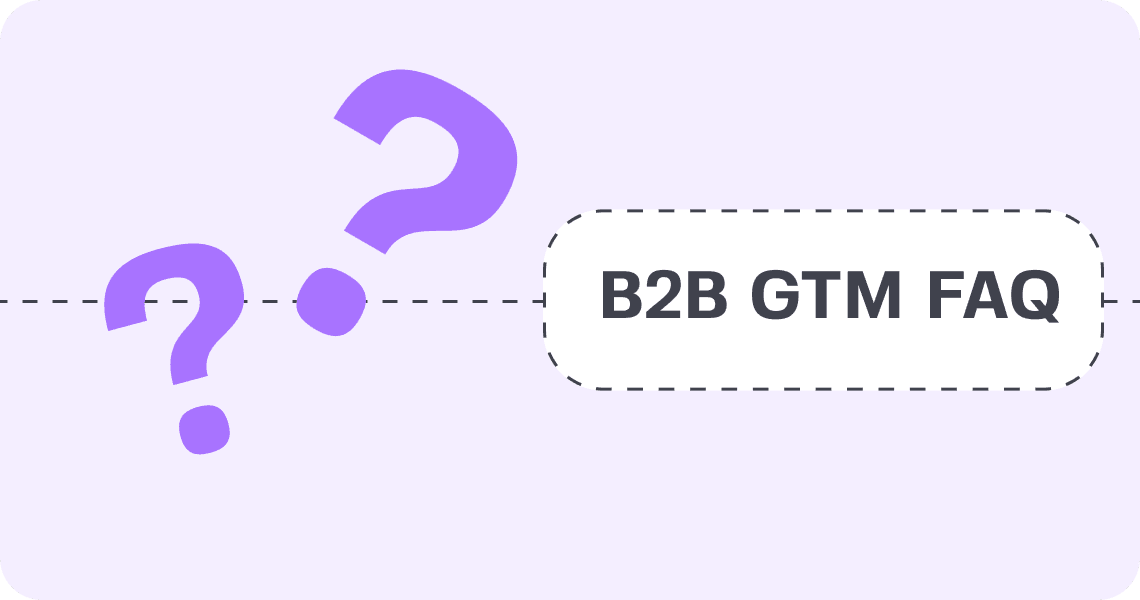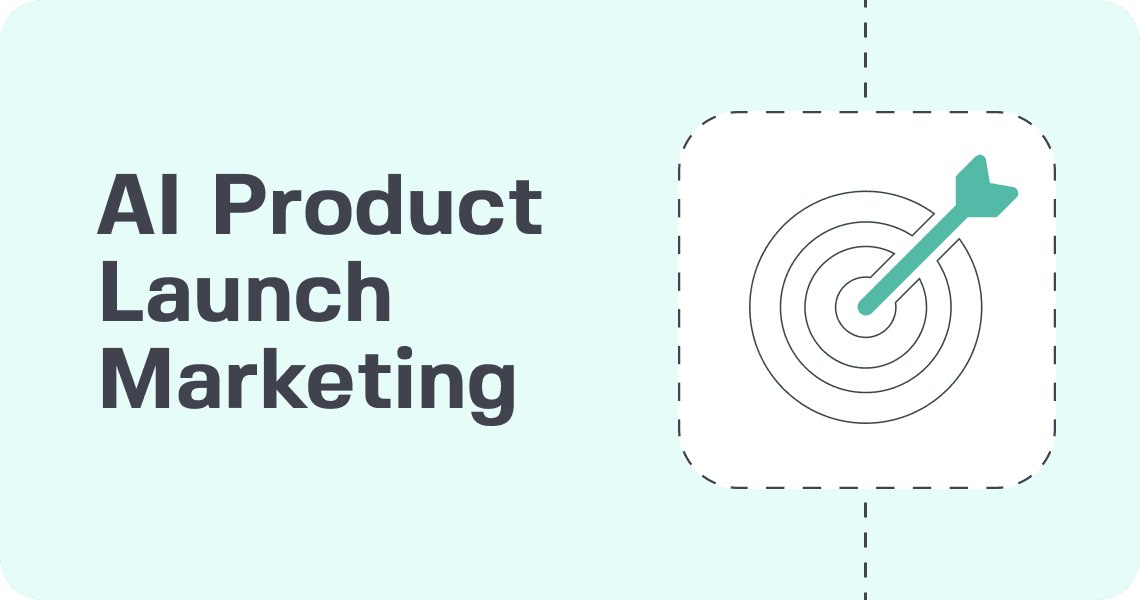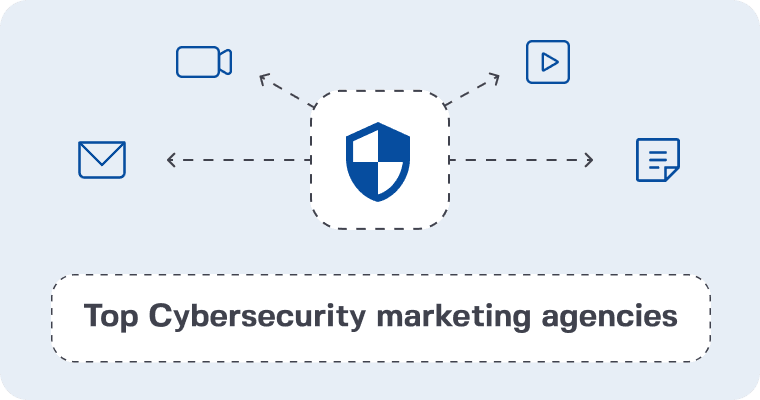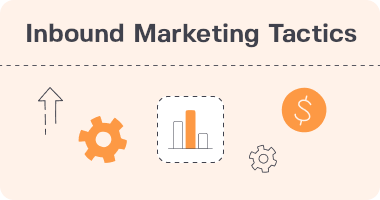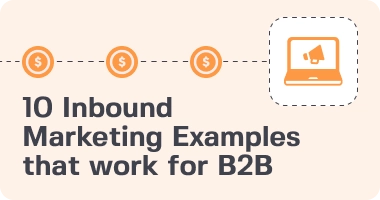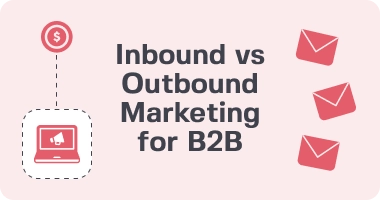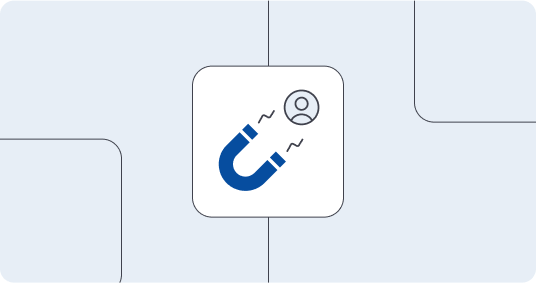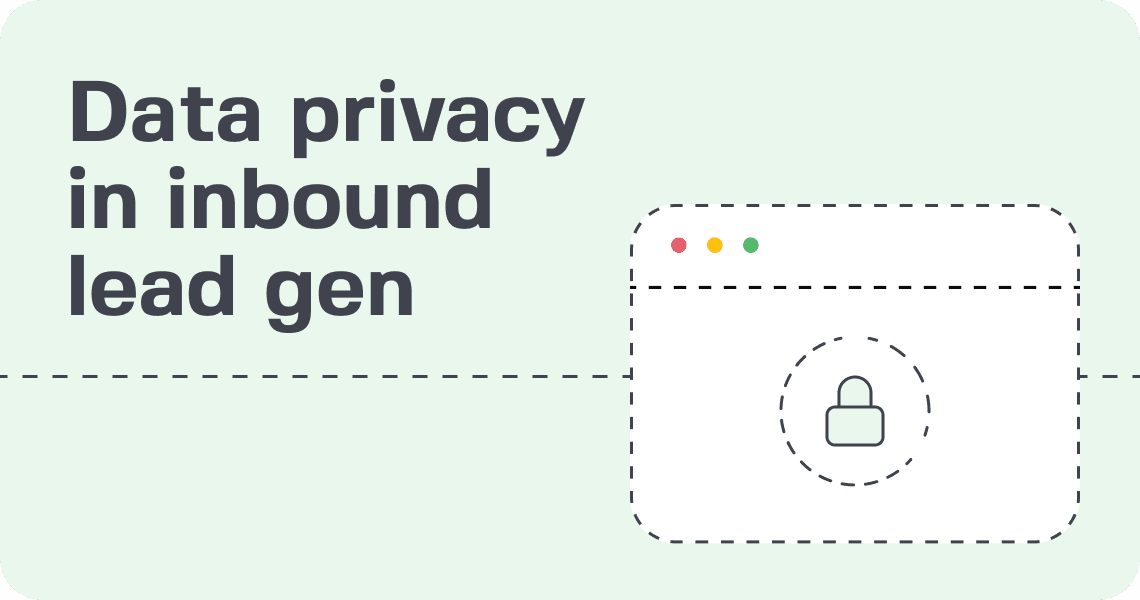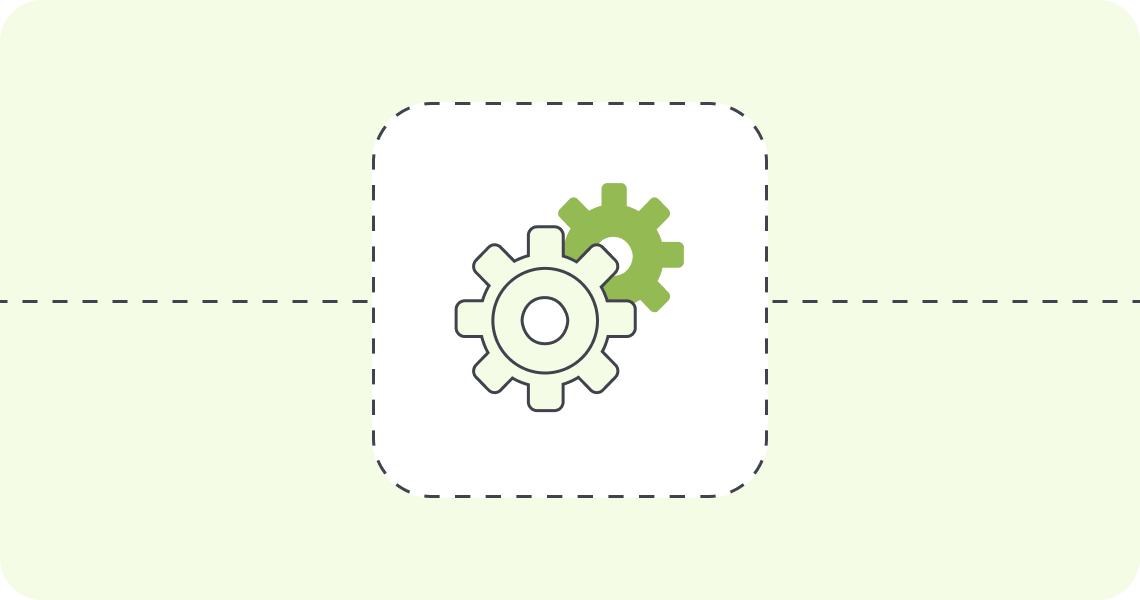The year 2023 hasn’t been a walk in the park for B2B growth. However, with just two months left, there’s ample opportunity to bolster your B2B growth through effective marketing strategies. Paid advertising remains a go-to choice for many, and in this blog, we’ll delve into two pivotal growth strategies: demand generation and inbound marketing. Let’s explore how these paid promotion tactics can empower your business to navigate the current challenges in the B2B marketing landscape.
The 2023 B2B Market Landscape:
- Reduced Demand: Tightening budgets have led businesses to be more cautious about their spending, resulting in reduced demand for B2B goods and services.
- Increased Competition: Economic downturns often prompt businesses to engage in price wars, potentially eroding profit margins for B2B companies.
- Acquiring New Customers: In these uncertain times, acquiring new customers becomes a more challenging task, as businesses become more selective about the products and services they invest in.
- Efficiency Matters: B2B enterprises must become more efficient to thrive during recessions. This includes cost reduction, operational streamlining, and a focus on the most profitable offerings.
However, despite the reduced demand, businesses are currently not in a buying mindset – check our this fall in most common queries for software solutions:
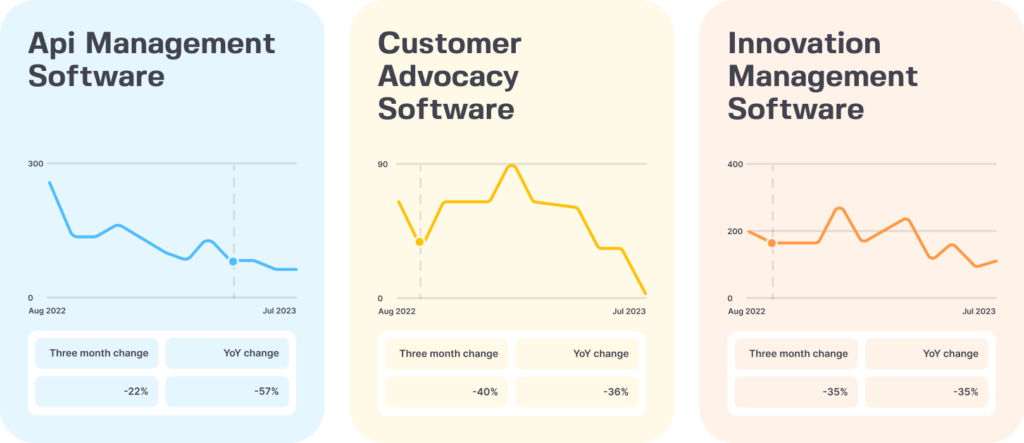
Moreover, conventional marketing strategies, such as Google and Facebook ads, are no longer delivering the same high return on investment. Here is the difference in Cost Per Lead 2022 VS 2023 for may categories:
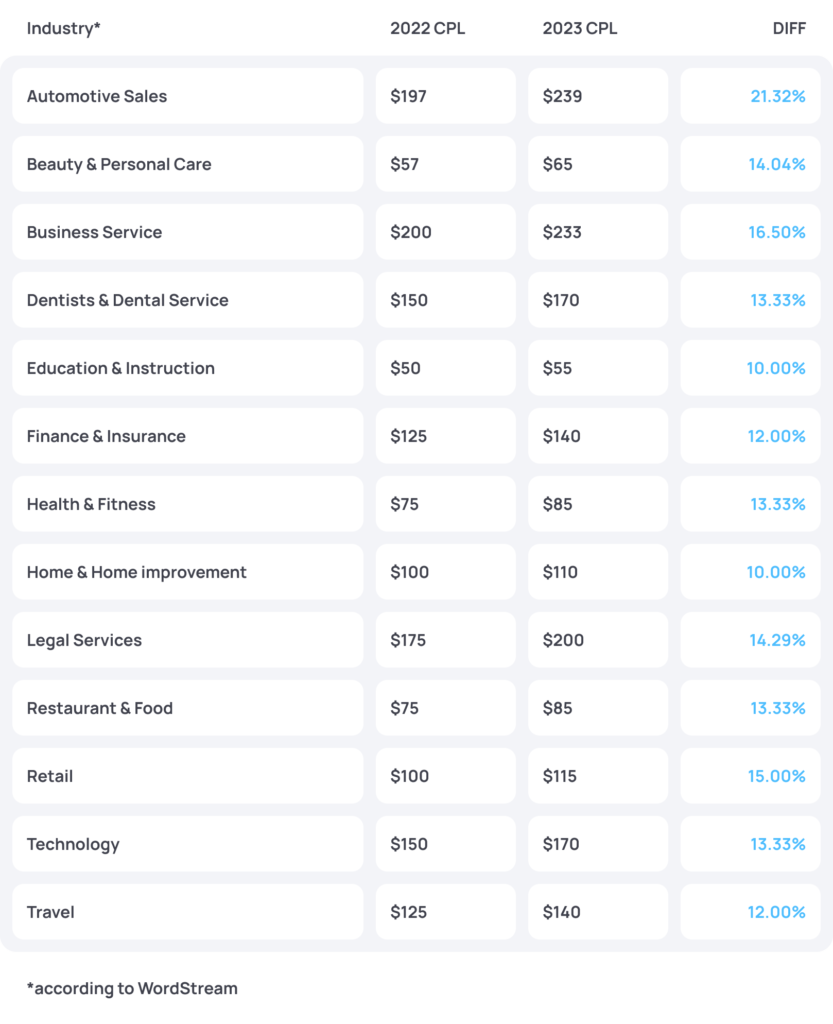
This shift necessitates a fresh approach to marketing.
How to grow with limited resources amidst declining demand?
The evolving B2B landscape necessitates a fresh perspective on marketing. How do you grow when resources are limited amid declining demand?
The answer lies in a two-pronged strategy: capturing distributed demand through inbound marketing or proactively creating demand through demand generation.
Choosing the right strategy hinges on factors like inbound demand, brand recognition, product pricing, and the complexity of purchase decisions.
How to choose the right strategy for your B2B tech business

Further, gathering and analyzing information is key. It can be done in 4 steps:
Step 1 — Define the goals
- Find out client KPI (number of leads, opps, CPA, time frames)
- Find out client budget
Step 2 — Market research
- Compare client brand size vs competitors
- Check the category size and trends
- Choose the way
- Check competitors’ paid channels mix.
Step 3 — Audit of client activities
- Check current marketing mix
- Check technical setup of the accounts
- Check creatives
- Check goal completions
- Find the points of improvements within current channels.
Step 4 — Provide the solution
- Explore targeting options and benchmarks
- Calculate funnel to reach the goal
- Choose marketing mix and calculate individual funnel for each channel
- Define number of content pieces
42DM’s Tailored Demand Generation Framework
Our demand generation framework consists of five crucial steps, each contributing to different aspects of your marketing strategy:

Paid Channels in Demand Generation:
We utilize various paid channels for demand generation, each tailored to different stages of the customer journey:
- Build Awareness: Utilize paid social, B2B programmatic ads, video ads, and display ads.
- Connect & Engage: Employ paid social, B2B programmatic ads, video ads, and display ads.
- Catch the Demand: Utilize omnichannel remarketing, paid search, and paid lead generation.
- Convert the Demand into Opportunity: This involves omnichannel remarketing.
- Close & Develop: Leverage Account-Based Marketing (ABM) advertising programs to take the process further.
Campaign Preparation: In our agency, campaign preparation is a meticulous process that ensures each campaign is poised for success. If you’re interested in a detailed look at our campaign preparation process, please don’t hesitate to reach out to us.
The B2B marketing landscape is constantly evolving, and adapting to these changes is crucial for sustained success. Whether you opt for inbound marketing or demand generation, choosing the right approach can be a game-changer. By following these structured steps and implementing a tailored demand generation framework, B2B businesses can thrive, even in challenging times. Let’s navigate the path to success together.




